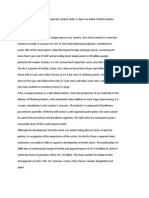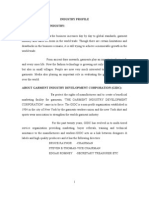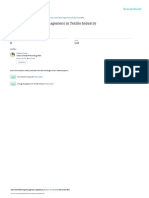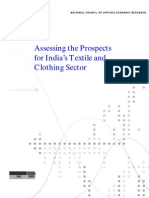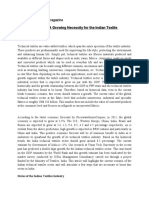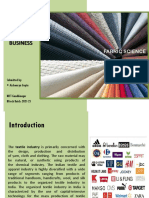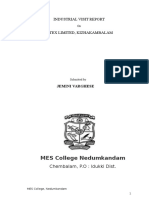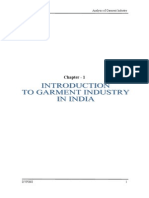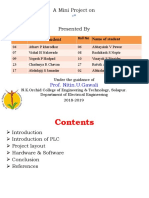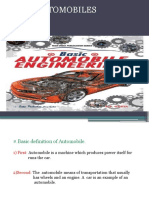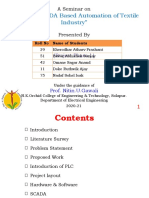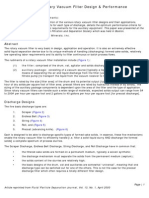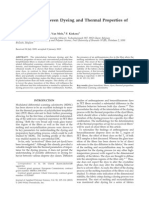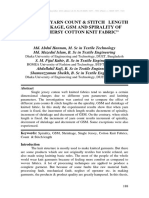0% found this document useful (0 votes)
50 views2 pages4EE12 Abstarct
The textile industry in India employs over 45 million people directly and 60 million indirectly, making it one of the largest employers. The industry's current revenue is around $108 billion and is forecasted to increase to $223 billion by 2021. Automation has helped improve productivity and efficiency in the textile industry by reducing costs and improving quality in processes like spinning, weaving, and garment production. Automated fabric defect detection is now more economical than manual inspection and brings benefits like reduced labor costs and improved production rates and quality.
Uploaded by
Yogesh HadpadCopyright
© © All Rights Reserved
We take content rights seriously. If you suspect this is your content, claim it here.
Available Formats
Download as PDF, TXT or read online on Scribd
0% found this document useful (0 votes)
50 views2 pages4EE12 Abstarct
The textile industry in India employs over 45 million people directly and 60 million indirectly, making it one of the largest employers. The industry's current revenue is around $108 billion and is forecasted to increase to $223 billion by 2021. Automation has helped improve productivity and efficiency in the textile industry by reducing costs and improving quality in processes like spinning, weaving, and garment production. Automated fabric defect detection is now more economical than manual inspection and brings benefits like reduced labor costs and improved production rates and quality.
Uploaded by
Yogesh HadpadCopyright
© © All Rights Reserved
We take content rights seriously. If you suspect this is your content, claim it here.
Available Formats
Download as PDF, TXT or read online on Scribd
/ 2








